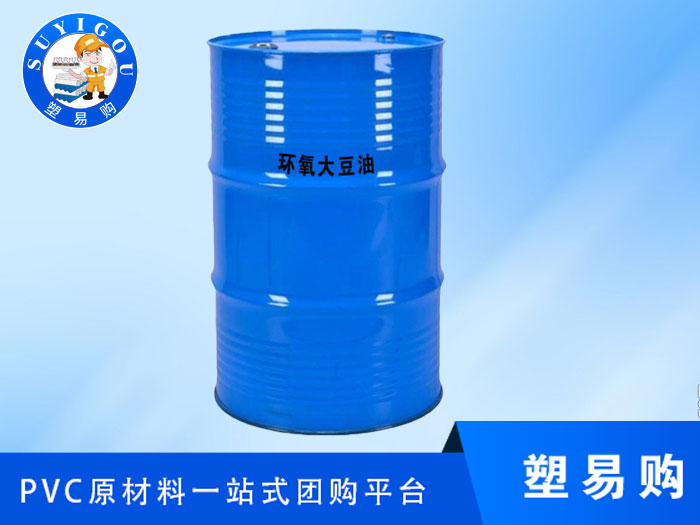Plasticizers, also known as plasticizers, refer to substances that can increase the plasticity of polymer compounds or polymer materials. In 1868, Hyatt began to use camphor as a plasticizer for nitrocellulose. The plasticizing effect of plasticizers is that the plasticizer molecules are inserted between the molecular chains of the polymer, which weakens the attraction between the polymer molecular chains, that is, weakens the aggregation between the molecular chains and increases the movement of the molecular chains. Flexibility, flexibility, increase plasticity. According to the size of their compatibility, plasticizers can be divided into three categories: main plasticizer, auxiliary plasticizer and extender. The ideal plasticizer should have the following properties: good compatibility with polymers, high plasticizing efficiency, good light resistance, heat resistance, cold resistance, weather resistance, low volatility, low migration, water resistance, oil resistance, solvent resistance Good, low temperature flexibility, flame retardant, good bacteria resistance, good electrical insulation, non-toxic, odorless, tasteless, colorless, good pollution resistance, cheap and easy to get. It is difficult for a plasticizer to satisfy the above-mentioned various properties at the same time, and it is usually always used in combination of several. Generally speaking, the added plasticizers are small molecular substances with high boiling point, low volatility and good compatibility with high molecular polymers.

Plasticizers can increase the plasticity and fluidity of polymers, improve processability, and make products flexible. For example, there is a great force between the molecular chains of polyvinyl chloride, and the products are hard and lack elasticity. After adding plasticizers, they can be made into soft polyvinyl chloride products, which expands the types and scope of products. At the same time, due to the poor thermal stability of polyvinyl chloride, it begins to decompose and discolor when heated to 130-140 ° C. Adding plasticizer is beneficial to reduce the processing temperature and improve the processing performance. Some plasticizers can also enhance the cold resistance, flame retardancy, mildew resistance, antistatic property, moisture resistance, etc. of the product at the same time. There are thousands of compounds that can be used as plasticizers, which can be divided into phthalates, aliphatic dibasic esters, phosphates, phosphites, fatty acid esters, polyesters according to their chemical structures Classes, epoxy esters, phenyl alkyl sulfonates, chlorine-containing plasticizers, polyol esters, trimellitic esters and chlorine-containing compounds, etc. Nearly 300 species are used in industrial production, but only more than 100 are widely used, among which phthalates (such as dibutyl phthalate, dioctyl phthalate, etc.) are used in the largest amount. Commonly used are adipate, azelaate, sebacate, stearate, phosphate, paraffin and the like. Among the many additives for plastics, the output of plasticizers is second to none. More than 80% of plasticizers are used in soft polyvinyl chloride products, and the rest are polyvinyl acetate, vinyl chloride-vinyl acetate copolymer, cellulose acetate, cellulose nitrate, etc. Although the research on plasticization mechanism has been more than 40 years, there is still no systematic theory. It is generally believed that the interaction force between polymers is weakened after the addition of plasticizers. There are two explanations: (1) The plasticizing effect of polar plasticizers on polar polymers lies in the coupling of the polar groups of the two, It weakens the polar interaction between macromolecules. ② The plasticization of non-polar polymers by non-polar plasticizers can be attributed to the isolation effect, and the plasticizer molecules are inserted between the polymers, which increases the distance between the polymers. This method of adding plasticizers is often referred to as external plasticization. For crystalline polymers or highly polar polymers, if there is no suitable plasticizer, side groups or short branches can be introduced into the polymer chain to weaken the interaction between the polymer chains. plastic.
Contact:
+86 13662789083/Miss zhengContact:
+86 13620073040/Mr. QianAddress:
Dongguan City Zhongtang Town Daxinwei RoadAbout us
-Company Profile -Company image -Video -Customer -Contact usProduct
-Plasticizer -Stabilizer -CPE -Stearic acid -More...Applications
-Resin tile application -Pipe and Fitting Application -Profile application -Cosmetic application -More...News
-Knowledge -Industry -QuestionMobile terminal
WeChat QR code
Applets